6. Hard Eight (1996)
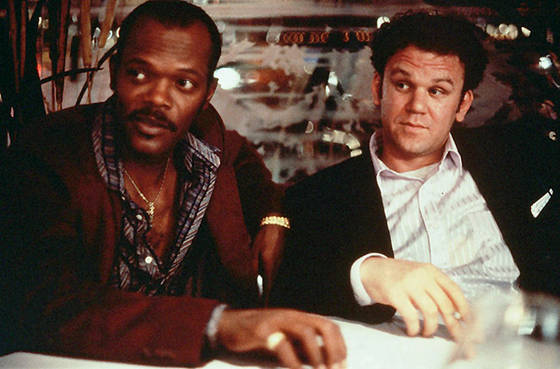
Paul Thomas Anderson’s debut film stars John C. Reilly as John, a broke man who needs money to bury his mother, and Philip Baker Hall as Sydney, an older professional gambler who becomes John’s benefactor.
Unlike the rest of Anderson’s filmography, “Hard Eight” (also known as “Sydney”) has been unfairly forgotten over the years. Despite the positive reviews it got at the time of its release, due to the director’s impressive subsequent works, his debut has been labeled “the worst” of his filmography (does such a thing even exist?). A more correct name would be “the least great”, cause this is still a fantastic flick and definitely one of the best movies of the 1990s.
It’s true that the script of “Hard Eight” is not as ambitious as Anderson’s later movies, but everything from the acting, the cinematography and camerawork, the score, the story’s intimacy, and the surprising, full of meaning end twist are impressive. At the time of the film’s making, Anderson was just 27-years-old, but the signs of his enormous talent were already there, and many of the elements that made his later films great are also visible in “Hard Eight”.
7. Wake In Fright (1971)
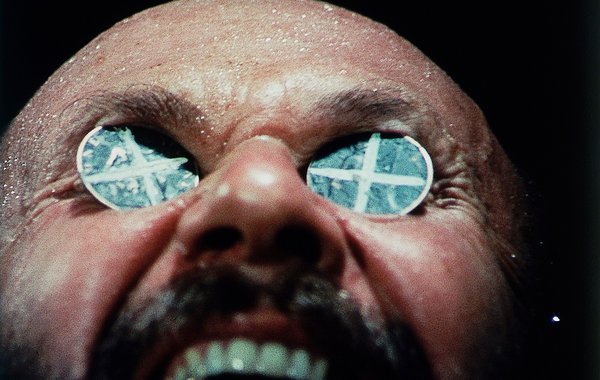
First screened at the 1971 Cannes Film Festival and for many years considered a lost film, this shocking psychological thriller is one of the defining movies of the Australian New Wave.
Directed by Ted Kotcheff, who you might also know for the original “Rambo” movie, 1982’s “First Blood”, the film stars Gary Bond as John Grant, a young school teacher who gets stuck in the outback mining town of Bundanyabba, Australia, where he finds himself surrounded by angry, drunken men and descends into an alcohol-induced, self-destructing night of violence and depersonalization.
Filled with booze, sweat, and violence, “Wake In Fright” does a good job at bringing to life the atmosphere of the Australian Outback, with characters that feel real and are as dislikable as it gets. Of course, the most memorable moment remains the horrific kangaroo hunt, an equally entrancing and revolting graphic scene that has caused controversy over the years.
8. That Obscure Object of Desire (1977)
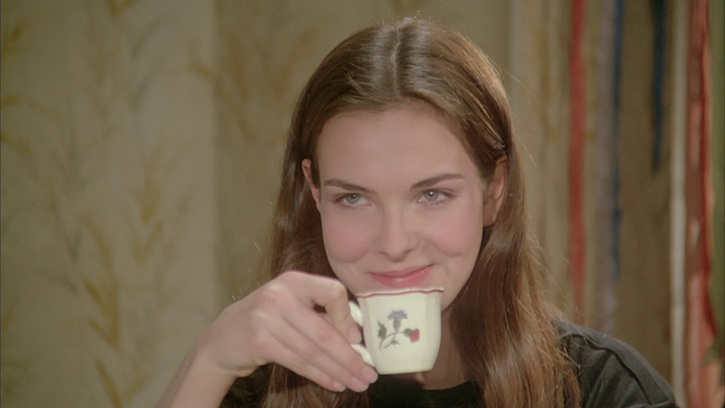
Luis Buñuel’s final film is a dreamlike tale of lust and deception that stars Fernando Rey as an aging French man who becomes obsessed with a beautiful and much younger Spanish woman.
In the hands of another director, this film could have been a total bore, but Buñuel manages to turn a pretty straightforward story into something fascinating. From the sun-soaked, free-flowing cinematography, to the stunning decors of Spanish cities, the quirky humor, the occasional moments of bizarreness, and the unconventional decision to have two actresses play the same character, “That Obscure Object of Desire” finds itself at the borderline between realism and surrealism. The result is an uncanny valley-like, entrancing, strange, and utterly unique experience.
9. Shoeshine (1947)
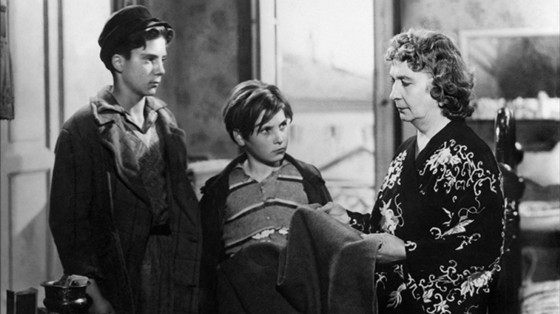
One of the earliest exponents of Italian neorealism, Vittorio de Sica’s “Shoeshine” is set in the ravaged landscape of post-World War II Rome and tells the story of two shoeshine boys who end up in a juvenile prison after trying to make money by delivering black market goods to a fortune-teller.
While not quite up there with “Bicycle Thieves” or “Umberto D”, many elements of De Sica’s more famous works are present here too. The script is very sensible, at moments truly heartbreaking, the two protagonists are played by non-professional child actors, yet their performances are raw and very convincing, and once again De Sica tells a small scale story while at the same time making a vivid and thoughtful examination of poverty and social injustices in postwar Italy.
10. Johnny Guitar (1954)
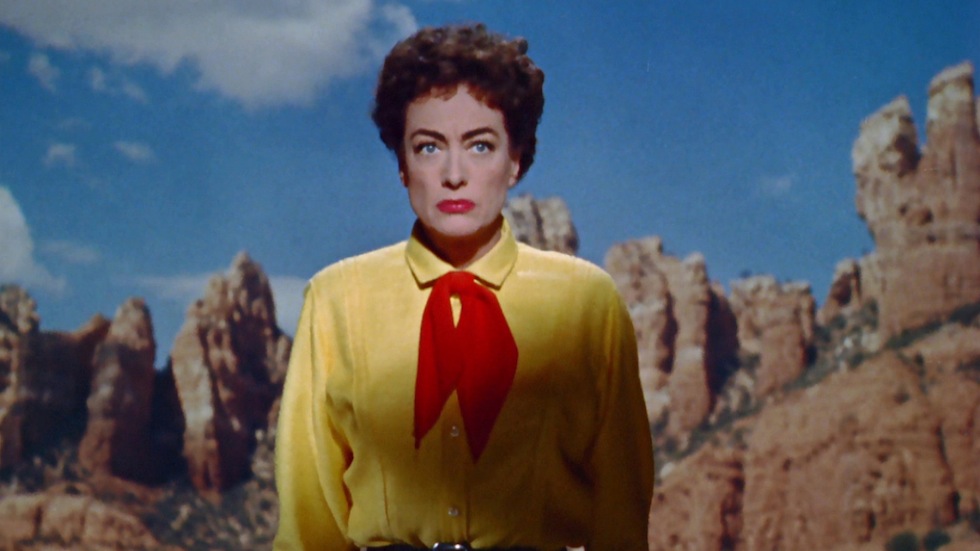
Praised by Martin Scorsese as “a minor film grown to achieve the status of a classic”, “Johnny Guitar” is one of the defining women-led westerns, and also a mistitled one. By all means, the film should have been called Vienna, after Joan Crawford’s character, who is the real protagonist of the film, and one of the fiercest female characters that ever was in a western movie.
Directed by Nicholas Ray (“Rebel Without A Cause”, “In A Lonely Place”), “Johnny Guitar” is one of the better westerns of the ‘50s. Its simple yet compelling plot, which mixes melodrama with thrilling chase scenes and hot-headed gunfights, revolves around a middle-aged saloon owner (Joan Crawford) who is unjustly accused of complicity in a murder and a bank robbery. With the help of her friend and former lover Johnny Guitar (Sterling Hayden), Vienna must save herself from the angry townsfolk led by her rival Emma Small (Mercedes McCambridge).
Although there are some moments in the film that, seen nowadays, can come across as a little silly and the climax is rather predictable, “Johnny Guitar” impresses with its use of practical effects (buildings are set on fire, mountains are dynamited), the riveting and full of suspense plot, the lushly saturated technicolor cinematography, and least but not last the strong performances from the on and off-screen rivals Joan Crawford and Mercedes McCambridge. Nearly 70 years after its release, the film still holds up surprisingly well and is a must-see for any western lover.